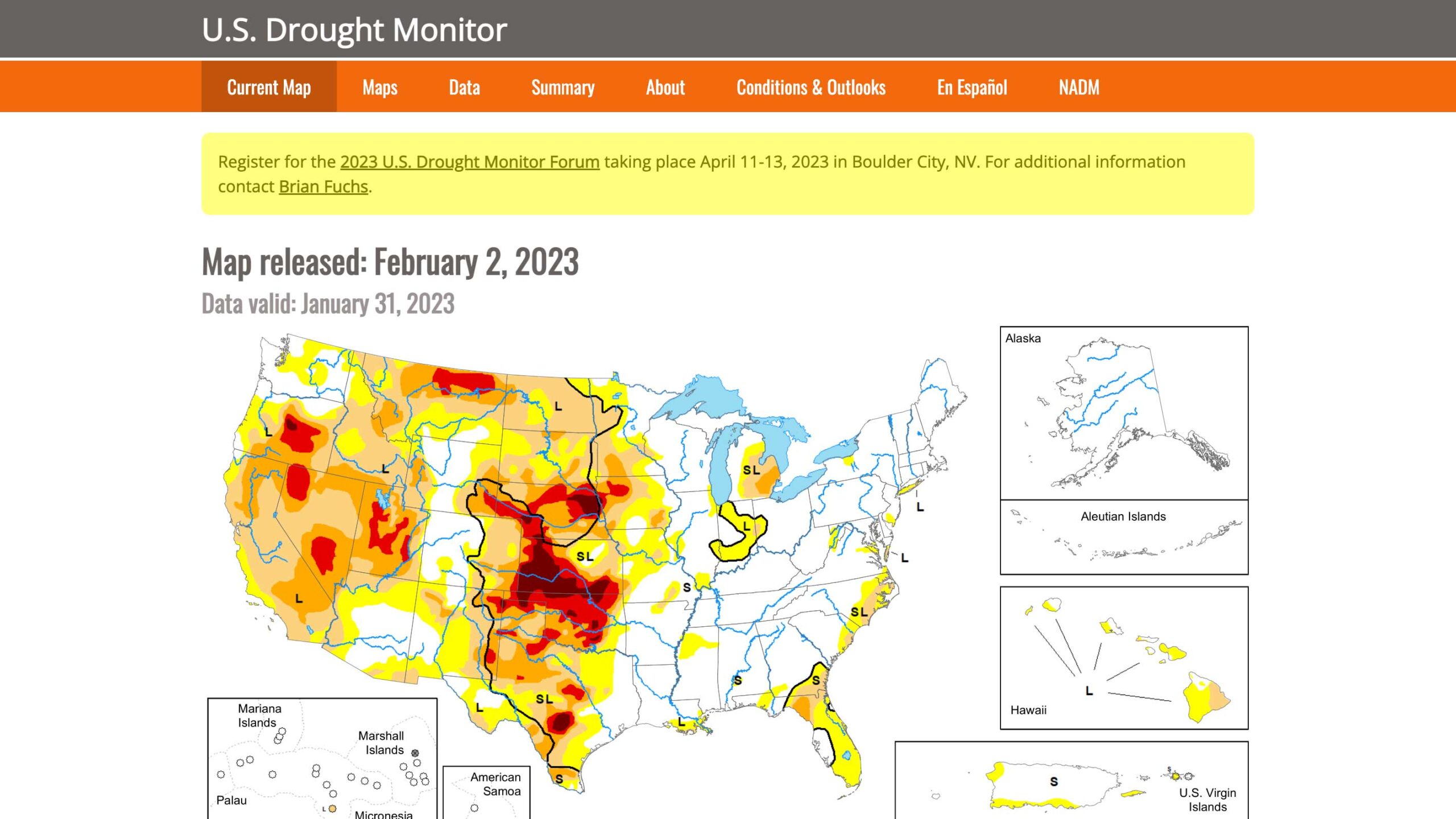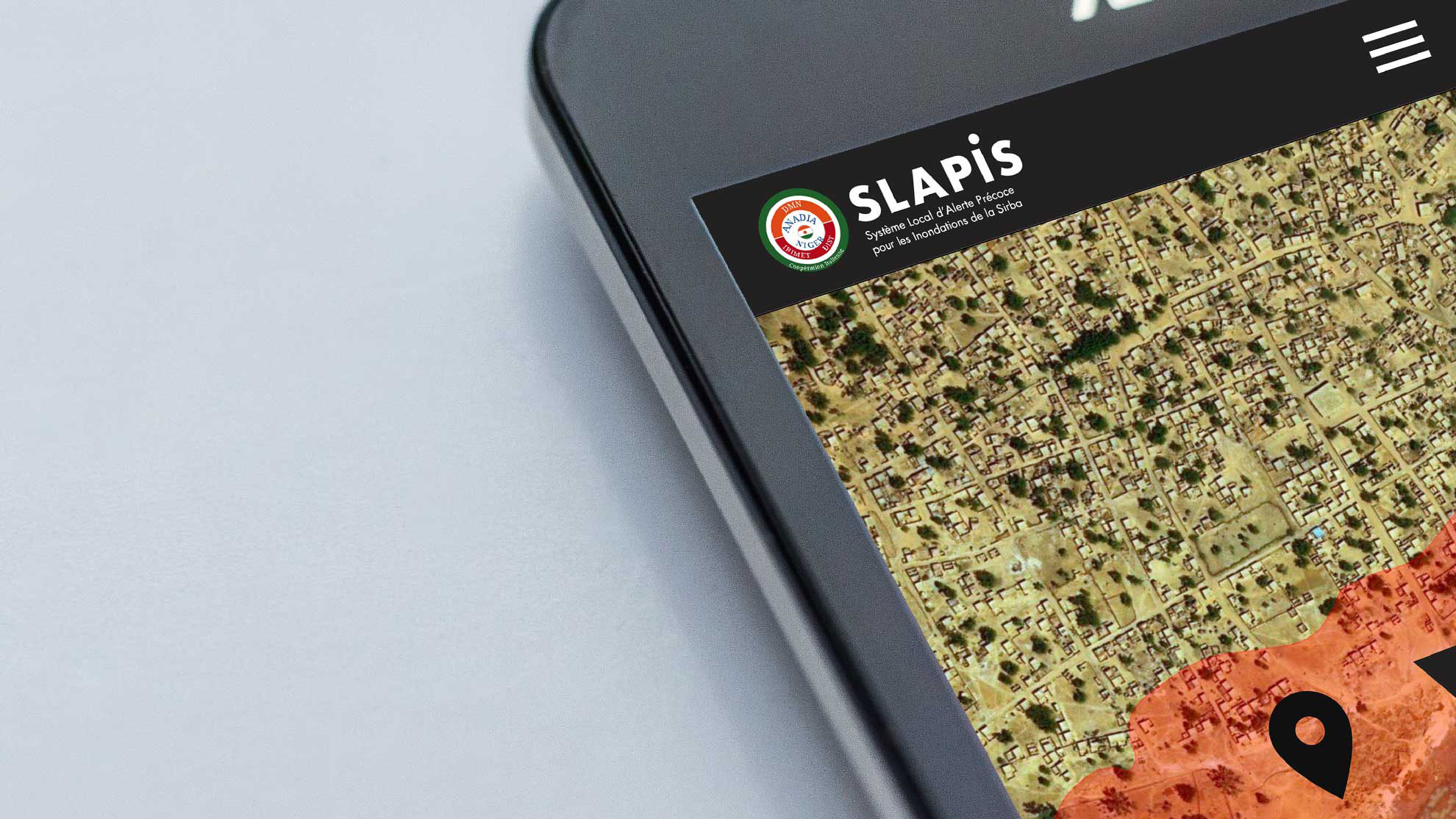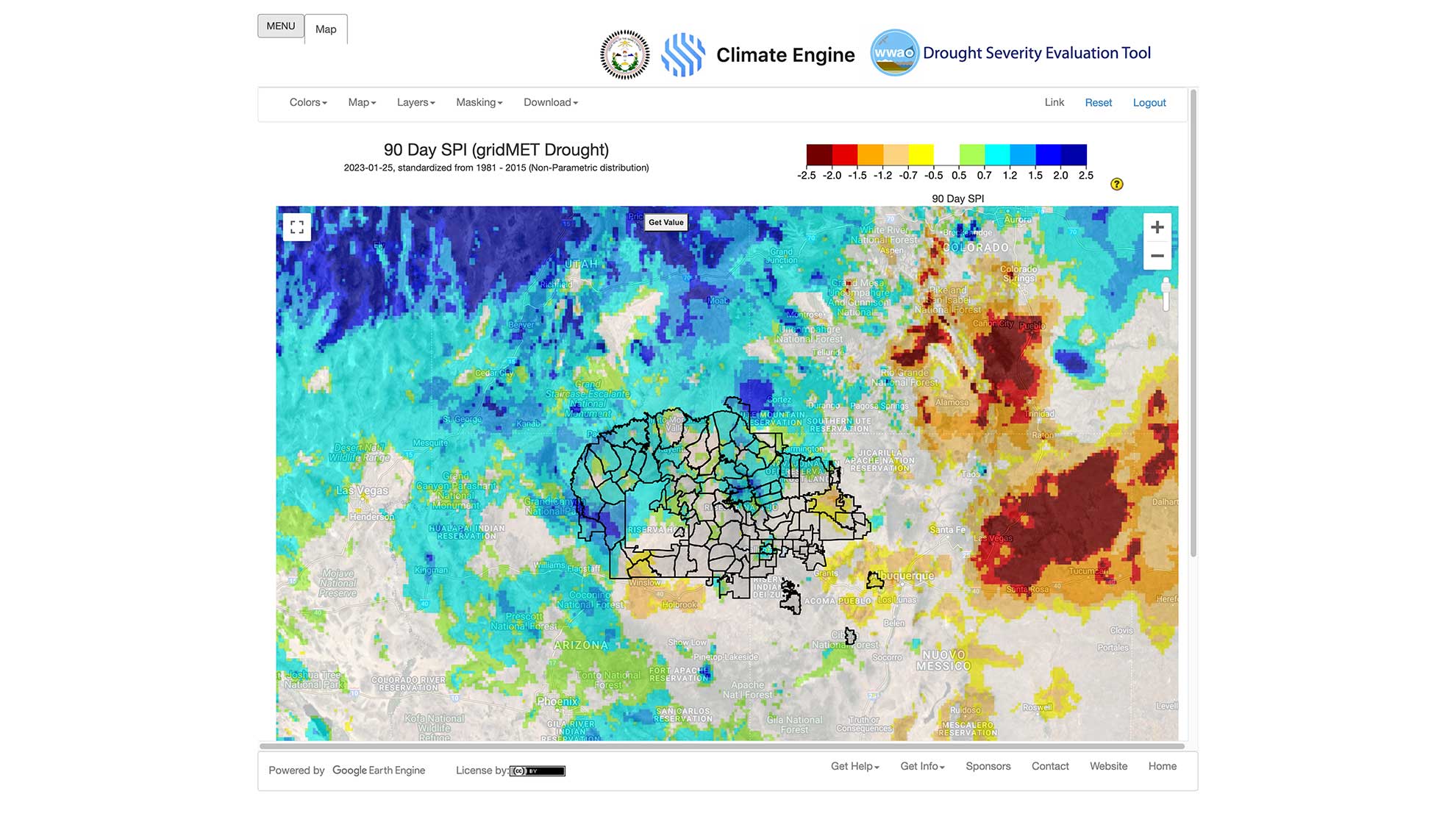Climate Services Files
Definition of climate services in the European Roadmap for Climate Services (EC,2015): the transformation of climate-related data, together with other relevant information, into customized products such as projections, forecasts, trends, information, economic analysis, assessments (including technology assessment), counselling on best practices, development and evaluation of solutions and any other service in relation to climate that may be of use for the society at large.
About
This page proposes a selection of interesting climate services.
Many differentiations of climate services are used to categorise them so the users can easily find what they need or analyse existing services.
The Categories we used to classify the climate services relate to Climate Europe POLICY BRIEF No. 2 with some modifications and to Copernicus Climate Data Store categories for Applications.
Categories
- general public
- advanced users
- experts
- researchers
- policy-makers,
- media.
- drought
- wind
- flood
- sea level rise
- heatwave.
- energy
- agriculture
- health
- disaster risk reduction (DDR)
- water resources management
- food security
- …
There are several data sources used in climate services, such as
- satellite observations
- in situ observations
- seasonal forecasts
- climate projections
- reanalysis.
- forecast maps
- impacts
- decision support.
- research
- policy making
- decision making
- outreach
- training
- Users // multiusers
- Phenomena // drought
- Data Sources // climatological analysis, satellite observations
- Data Processing // basic climate data, decision support, impacts
- Purposes // multipurpose
- Sectors // multi sector
- Users // business, general public, government, policy-makers
- Phenomena // flood
- Data Sources // climate projections, satellite observations
- Data Processing // decision support, forecast maps
- Purposes // decision making
- Sectors // agriculture, DDR, landscape management
- Users // business, policy-makers, researchers
- Phenomena // wind
- Data Sources // seasonal forecasts
- Data Processing // decision support, forecast maps
- Purposes // decision making
- Sectors // energy
- Users // advanced users, business, policy-makers
- Phenomena // climate
- Data Sources // climate projections, seasonal forecasts
- Data Processing // decision support
- Purposes // decision making
- Sectors // agriculture, food
- Users // general public, media, multiusers
- Phenomena // climate
- Data Sources // climate projections
- Data Processing // basic climate data, forecast maps
- Purposes // education, outreach
- Sectors // DDR, multi sector
- Users // experts, government, researchers
- Phenomena // drought
- Data Sources // satellite observations
- Data Processing // decision support, impacts
- Purposes // research
- Sectors // multi sector







